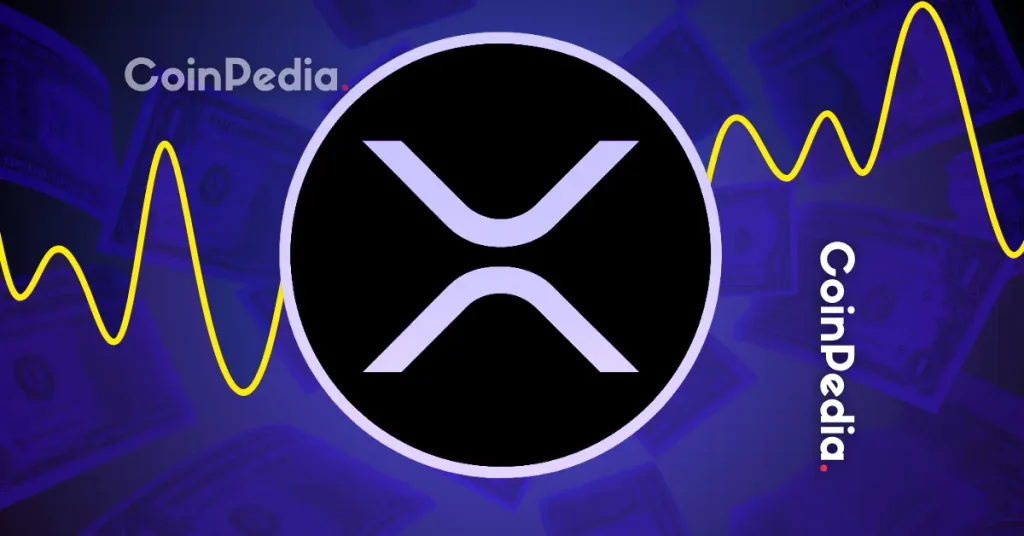
According to the latest news, the well-known crypto analyst PlanB is reported to have sold his Bitcoin on-chain and moved the entire allocation to ETF products.
The proponent of the stock-to-flow model applied to Bitcoin justified himself by explaining that institutional custody allows him not to have to manage private keys and to sleep more peacefully, even though he loses a component of decentralization.
Let’s delve into the news below.
Crypto news: PlanB transfers his Bitcoin to the ETFs
The famous crypto analyst PlanB recently announced that he has transferred his entire Bitcoin position from self-custody to spot exchange-traded funds (ETFs). In a post on X on February 15, he made the news public by telling his 2 million followers that he is no longer a Bitcoin maximalist, despite his renewed support for the digital asset. Generally, “maxis” hold BTC through software or hardware self-custody solutions and do not approve of other forms of holding involving third-party entities.
Spot ETFs on Bitcoin are financial instruments that directly hold Bitcoin as an underlying asset, entrusting the custody of the assets to financial institutions, such as depositary banks or specialized custody companies. This allows investors to gain exposure to the price of Bitcoin without having to directly manage the private keys and with greater protection from regulatory bodies.
This decision by PlanB represents a significant change in its strategy for managing crypto investments. The analyst explained that by doing so, he will be able to handle his Bitcoin positions more similarly to traditional assets, eliminating a complexity factor given by on-chain management. Self-custody indeed involves the responsibility of keeping those keys safe from hackers, thieves, and other malicious actors.
PlanB also reported that in his specific case, having tax residency in the Netherlands, the sale of Bitcoin for fiat is not subject to taxation. Rather, in his country, there is a tax known as a wealth tax that requires the payment of about 2% of the entire net wealth of taxpayers each year.
Greater convenience at the expense of decentralization and management costs
The choice of PlanB to switch to an ETF management of its Bitcoin certainly offers more convenience, but at the same time implies a smaller component of decentralization.
On one hand, holding Bitcoin through asset managers like BlackRock, Fidelity, Ark Invest, or Bitwise ensures greater security, liquidity, and regulatory compliance, reducing the risks associated with the loss of private keys or cyber attacks. On the other hand, it implies that those coins are no longer effectively in the possession of PlanB, reflecting the “not your keys, not your coins” philosophy.
Furthermore, it should be considered that ETFs are not completely free instruments, but they have an annual management cost known as “TER”. BlackRock, for example, imposes a fee of 0.25% on the assets deposited within the IBIT product. These costs, when summed up each year with the rule of compound interest, end up disbursing a significant portion of the capital over a long-term horizon.
In addition to all this, with asset managers accumulating large amounts of Bitcoin in record time, there is a risk of excessively centralizing the network. Consider that as of today, about 114.4 billion dollars, equivalent to 5.94% of the entire Bitcoin market cap, is in the hands of ETF management. If this figure continues to rise even more in the coming years, there would be a risk of a dangerous concentration of Bitcoin control in the hands of a few financial entities, going against the principle of decentralization on which the protocol is based.
PlanB received mixed feedback from his followers after the announcement on X. Some supported the analyst’s choice, arguing that securing one’s off-chain assets becomes necessary when handling significant amounts in Bitcoin. Others criticized him harshly, saying that cold storage is still the best solution today to truly own one’s crypto assets.
One thing is certain: Satoshi did not create Bitcoin to be held by centralized institutions and would certainly not have supported PlanB’s move.
The outlook of inflows in Bitcoin ETFs: target 50 billion dollars in 2025
Since the beginning of the year, spot Bitcoin ETFs have been experiencing a strong inflow of capital, indicating a growing interest from institutional and retail investors. According to Matt Hougan, Chief Investment Officer of Bitwise, 2025 could be a record year for these financial instruments, with inflows potentially exceeding 50 billion dollars. Already in January 2025, spot Bitcoin ETFs have gathered 4.94 billion dollars, which, on an annual basis, would project a total of about 59 billion dollars, significantly surpassing initial expectations.
The move by PlanB is therefore part of a context of growing institutional adoption and interest in Bitcoin ETFs. Despite the criticisms, the increase in inflows into Bitcoin ETFs suggests that the asset is gaining more and more legitimacy among institutional investors, consolidating its position in the global financial landscape.
ETFs are becoming one of the main ways to access Bitcoin without the complexities of self-custody, eliminating the friction involved in directly managing private keys.
At the time of writing, the spot Bitcoin US ETFs are composed of assets worth 112.4 billion dollars, slightly down from the end of January data. BlackRock represents the asset manager with the most AUM, with over 57 billion dollars in investments, followed by Fidelity, Grayscale, and Ark Invest. Since their listing on the regulated exchanges of Wall Street, these ETFs have recorded cumulative net inflows of about 40 billion dollars.

 6 months ago
45
6 months ago
45









 English (US) ·
English (US) ·